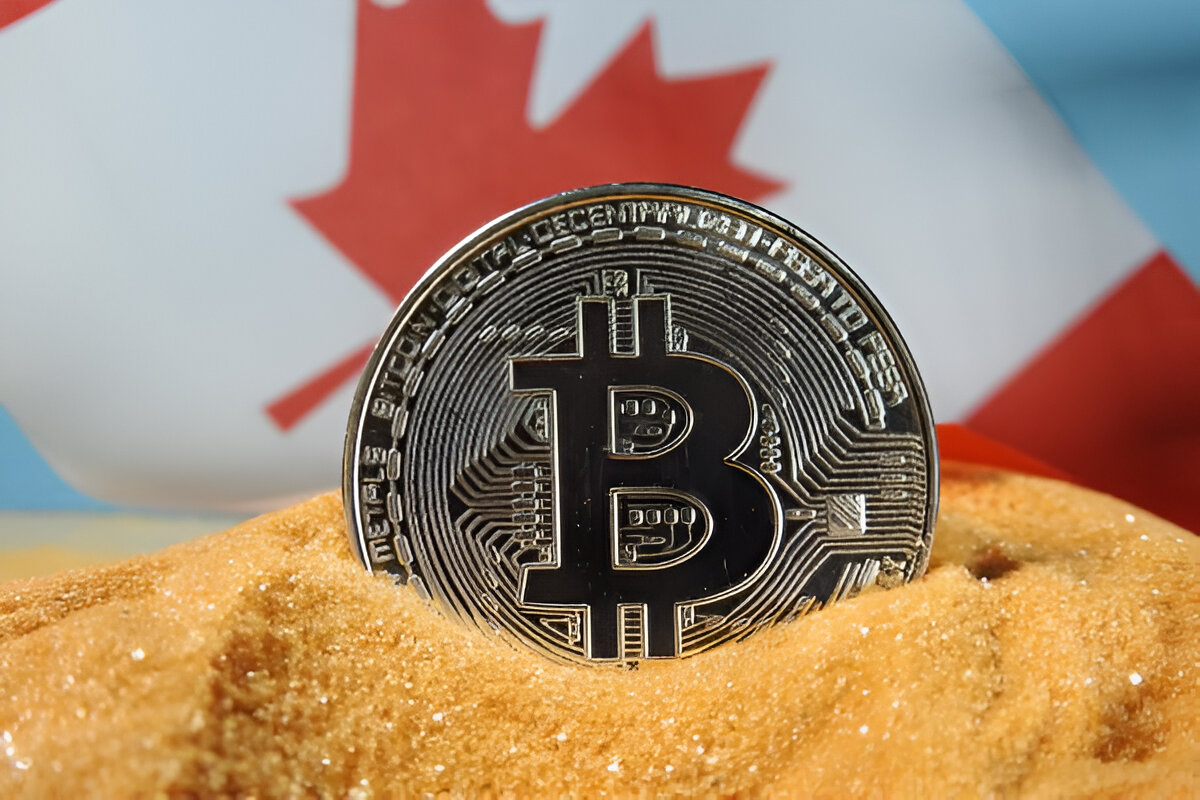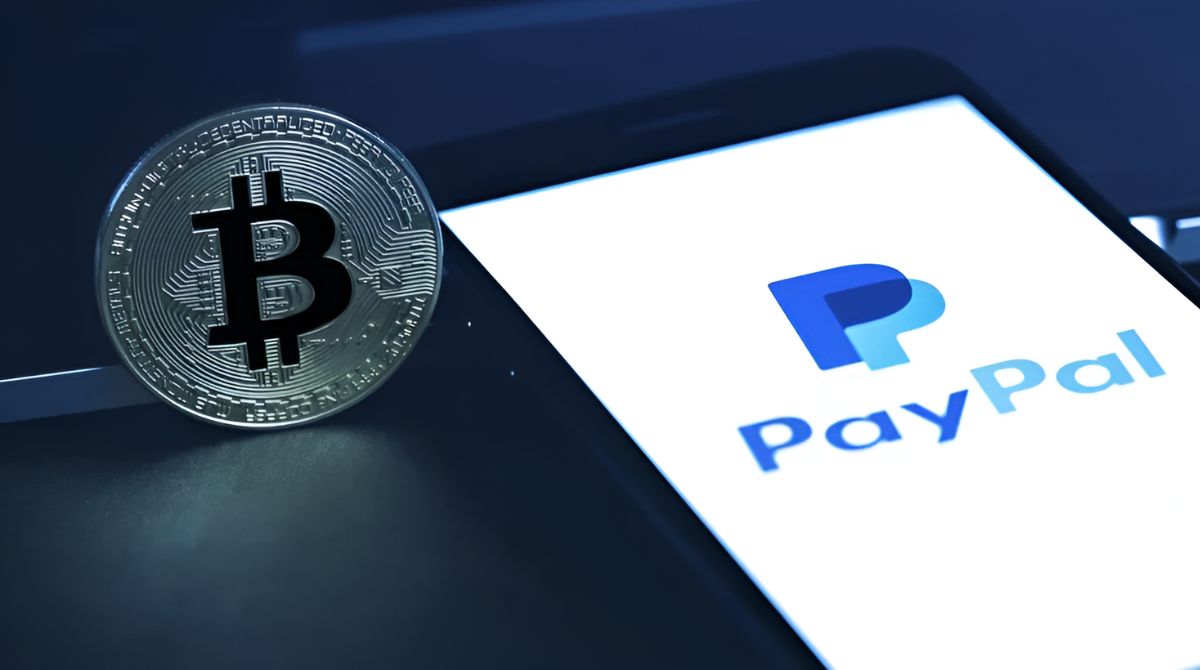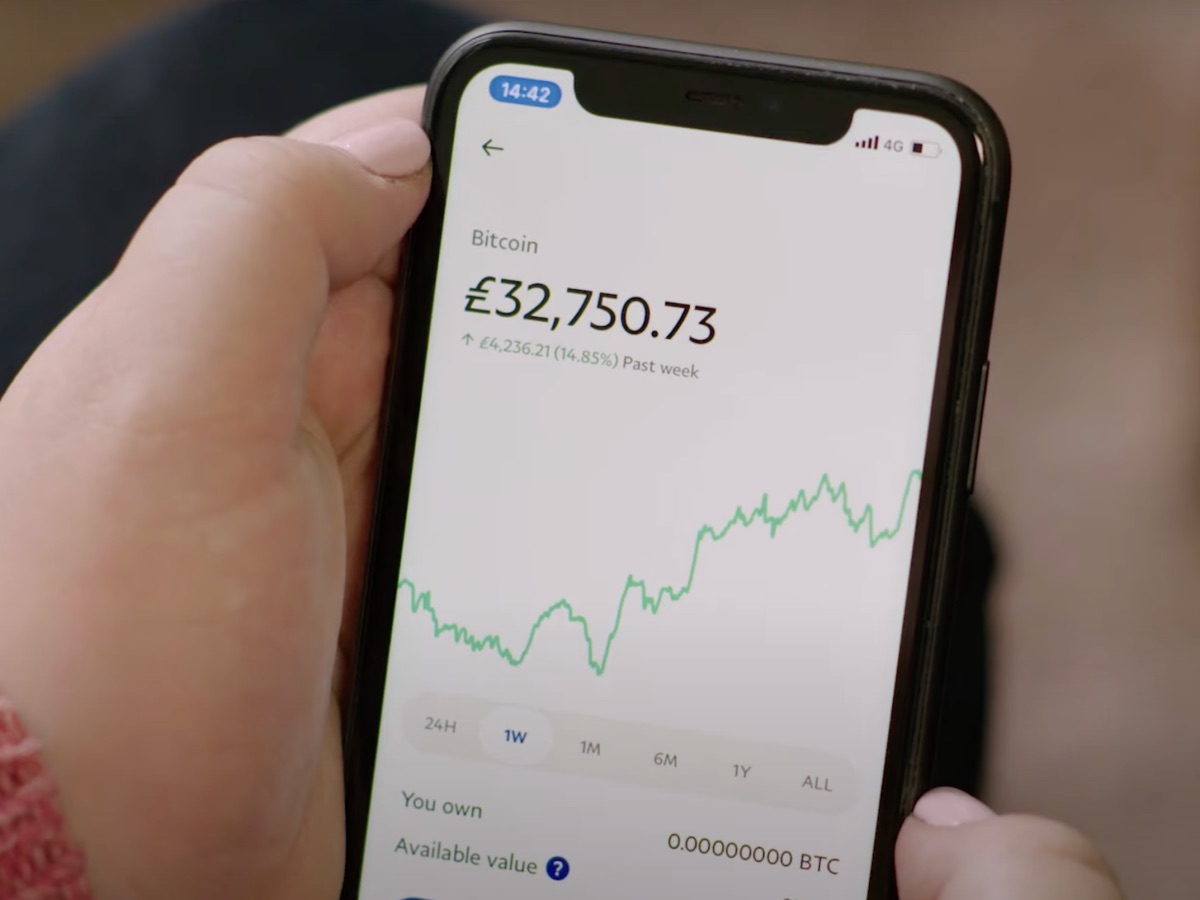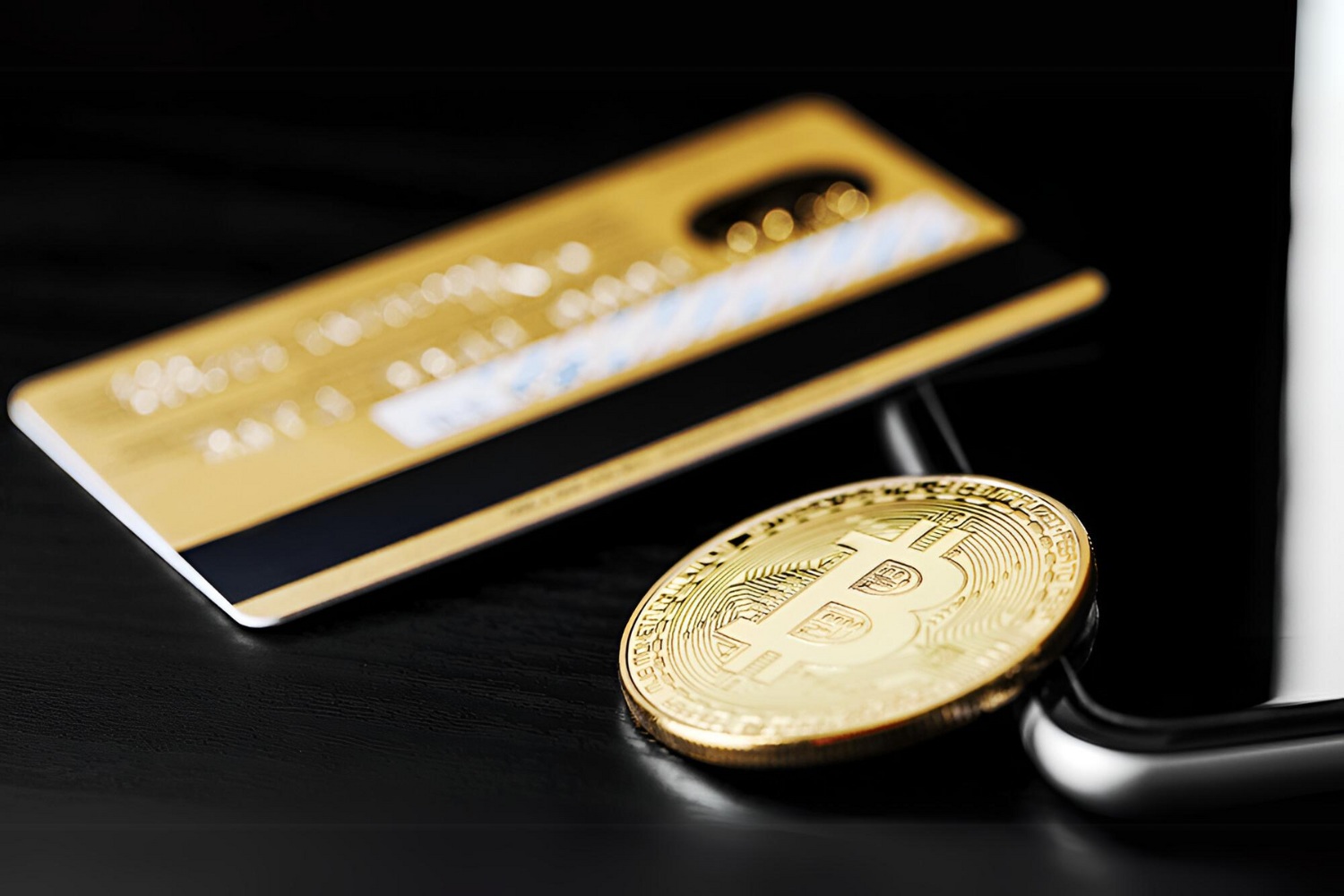Introduction
Bitcoin, the world’s most renowned cryptocurrency, has revolutionized the way we think about money and financial transactions. However, what happens if you mistakenly send a Bitcoin payment to the wrong address or if you realize that a transaction you initiated was erroneous? Is it possible to cancel a Bitcoin transaction once it has been sent, or are you left at the mercy of fate?
In the world of traditional banking, canceling a transaction is often a straightforward process. Unfortunately, Bitcoin operates on a decentralized network, which means there is no central authority to oversee or reverse transactions. Once a Bitcoin transaction is confirmed and added to the blockchain, it becomes permanent and cannot be easily undone.
Fortunately, there are still mechanisms available that can potentially help you cancel a Bitcoin transaction. In this article, we will explore the methods that can assist you in reversing or replacing Bitcoin transactions, complete with their prerequisites and considerations. It is important to note, however, that these methods have their limitations and may not always guarantee success.
So, why would you want to cancel a Bitcoin transaction in the first place? Let’s delve into some of the common reasons that might prompt one to seek cancellation.
Why would you want to cancel a Bitcoin transaction?
There are several scenarios in which you might find yourself wanting to cancel a Bitcoin transaction. Here are a few common examples:
1. Sending funds to the wrong address: Human error is inevitable, and it’s not uncommon to mistype a Bitcoin address when making a payment. Unfortunately, once a transaction is confirmed and added to the blockchain, it cannot be reversed easily. If you’ve accidentally sent funds to the wrong address, canceling the transaction becomes a priority.
2. Incorrect payment amount: Another common mistake is entering the wrong payment amount. This can happen due to a typographical mistake or misunderstanding the quoted amount. It can be frustrating to realize that you’ve sent more or less than intended. Canceling the transaction allows you to correct the mistake and send the correct amount.
3. Fraudulent activity: In some cases, you may discover that you’ve fallen victim to a scam or fraudulent scheme. It could be an investment opportunity that turned out to be a Ponzi scheme or an online purchase where the seller didn’t deliver the promised goods. Canceling the transaction gives you a chance to reclaim your funds and protect yourself from further losses.
4. Delayed confirmation: Bitcoin transactions require confirmation from the network’s miners before they can be considered final. This confirmation process can sometimes take longer than expected, leading to frustration or anxiety about the transaction. Canceling the transaction could allow you to initiate a new one with a higher transaction fee, ensuring prompt confirmation.
5. Double spending prevention: Double spending is a term that refers to spending the same Bitcoin more than once. While the Bitcoin network has mechanisms in place to prevent this, it is still a concern in certain situations. If you suspect that your transaction might be susceptible to double spending, canceling and resending it with proper precautions can mitigate the risk.
It’s important to note that canceling a Bitcoin transaction is not a guaranteed process. The success of cancellation methods depends on various factors, such as network congestion, transaction fees, and the responsiveness of the recipient. In the following sections, we will explore the methods available to cancel a Bitcoin transaction and the considerations that accompany them.
Pre-Requisites for Canceling a Bitcoin Transaction
Before attempting to cancel a Bitcoin transaction, there are a few pre-requisites that you need to be aware of. These pre-requisites will ensure that you have the necessary tools and understanding to proceed with the cancellation process. Here are the key factors to consider:
1. Unconfirmed transaction: To cancel a Bitcoin transaction, it should ideally be in the unconfirmed state. This means that the transaction has been broadcasted to the network but has not yet been confirmed by the miners. Once a transaction is confirmed and added to the blockchain, it becomes extremely difficult to reverse.
2. Transaction fee: Most Bitcoin transactions require a transaction fee to incentivize miners to include the transaction in the next block. The higher the transaction fee, the more likely it is for the transaction to be prioritized by miners. Therefore, when attempting to cancel a transaction, you should be prepared to pay a higher transaction fee to increase the chances of cancellation.
3. Wallet support: Not all Bitcoin wallets support cancellation methods. Depending on the wallet you are using, you may have access to features like Replace by Fee (RBF) or Double Spending. It’s crucial to ensure that your wallet supports these features before attempting to cancel a transaction.
4. Technical knowledge: Canceling a Bitcoin transaction involves technical knowledge and understanding of how Bitcoin transactions work. You should have a solid grasp of concepts like transaction confirmation, mining, and the difference between public and private keys. It’s recommended to familiarize yourself with the basics of Bitcoin technology before attempting any cancellation methods.
5. Timing: Time plays a crucial role in canceling a Bitcoin transaction. The sooner you act after realizing the mistake, the higher the chances of successful cancellation. As time elapses, the transaction becomes more deeply embedded in the blockchain, making it increasingly difficult to reverse.
It’s important to note that canceling a Bitcoin transaction is not always guaranteed. Factors such as network congestion, the responsiveness of the recipient, and the number of confirmations the transaction has received can influence the success of cancellation methods. Therefore, it’s essential to carefully consider the specific circumstances and evaluate the likelihood of success before proceeding with any cancellation attempts.
How to Cancel a Bitcoin Transaction
Canceling a Bitcoin transaction can be a challenging task, but there are a few methods that you can try. It’s important to note that these methods are not foolproof and their success depends on various factors. Here are two common methods you can consider:
1. Method 1: Replace by Fee (RBF)
– Replace by Fee (RBF) is a feature that allows you to replace an unconfirmed transaction with a new one that includes a higher transaction fee. This way, miners are incentivized to prioritize your new transaction over the original one.
– To use RBF, your wallet needs to support it. You can check if your wallet has RBF functionality by looking for an option to increase the transaction fee or replace the transaction in the wallet settings.
– If RBF is enabled, locate the unconfirmed transaction in your wallet and select the option to replace it. Adjust the transaction fee to a higher value to attract miners’ attention.
– Keep in mind that not all nodes and miners support RBF, so there is no guarantee that your new transaction will be included in the next block. Additionally, the recipient may still see the original transaction in their wallet, which can cause confusion.
2. Method 2: Double Spending
– Double spending involves creating a new transaction with the same inputs as the original one but with a higher transaction fee. This technique essentially tries to outpace the original transaction in the blockchain, making it invalid.
– To perform a double spend, you need to have control over the private keys of the Bitcoin address from which the original transaction was sent. This method is more complex and requires technical knowledge.
– In a double spending scenario, the second transaction would ideally propagate through the network faster than the original one, convincing miners to include it in the blockchain. However, it’s important to note that this method is considered unethical and may be illegal in certain jurisdictions.
Before attempting either method, it’s crucial to carefully consider the risks and potential consequences. These methods may not be successful due to network congestion, lack of support from nodes and miners, or the recipient’s awareness of the cancellation attempt.
It’s also important to communicate with the recipient of the transaction and inform them about the cancellation attempt, especially if it involves double spending. Transparency and maintaining good relationships within the Bitcoin community are vital.
Remember, canceling a Bitcoin transaction is not a guaranteed process, and it’s always advisable to double-check the transaction details before initiating a payment to avoid any mistakes or regrets.
Method 1: Replace by Fee (RBF)
One method to cancel a Bitcoin transaction is through the use of Replace by Fee (RBF). RBF allows you to replace an unconfirmed transaction with a new one that includes a higher transaction fee, increasing the chances of miners prioritizing your new transaction over the original one.
To utilize RBF, your wallet needs to support this feature. Here’s how to proceed if your wallet includes RBF functionality:
1. Check if your wallet supports RBF: Look for an option in your wallet settings that allows you to increase the transaction fee or replace the transaction. If you find this option, it indicates that your wallet supports RBF.
2. Locate the unconfirmed transaction: Identify the unconfirmed transaction that you wish to cancel in your wallet’s transaction history. Make sure not to confuse it with any confirmed transactions, as RBF only applies to unconfirmed transactions.
3. Replace the transaction: Once you’ve selected the unconfirmed transaction, choose the option to replace or increase the transaction fee. You can usually specify a higher fee to attract miners’ attention.
While RBF provides a potential method for canceling a Bitcoin transaction, there are several factors to consider:
– Node and miner support: Keep in mind that not all Bitcoin nodes and miners support RBF. This means there is no guarantee that your new transaction will be included in the next block, even if you increase the transaction fee.
– Recipient visibility: The recipient of the original transaction may still see the original transaction in their wallet. This can lead to confusion if they are not aware of your cancellation attempt.
– Network congestion: Network congestion can impact the success of RBF. If the Bitcoin network is heavily congested, even a higher fee might not be enough to ensure that your new transaction is confirmed quickly.
It’s important to note that attempting to cancel a transaction using RBF should be approached with caution. Communicate with the recipient of the original transaction and inform them about your cancellation attempt. Transparency and open communication within the Bitcoin community are vital.
Additionally, it’s essential to consider the potential implications and consequences of canceling a transaction, as well as the legal and ethical considerations. Always evaluate the specific circumstances and consider the risks associated with canceling a Bitcoin transaction before proceeding with any cancellation attempts.
Method 2: Double Spending
Another method that can potentially be used to cancel a Bitcoin transaction is through double spending. Double spending involves creating a new transaction with the same inputs as the original one but with a higher transaction fee, aiming to outpace the original transaction in the blockchain and make it invalid.
Before attempting double spending, it’s important to note that this method is considered unethical and may be illegal in certain jurisdictions. It should only be used in specific circumstances and with caution.
Here’s how you can attempt a double spend:
1. Control of private keys: To perform a double spend, you need to have control over the private keys of the Bitcoin address used in the original transaction. This means that you must control the wallet from which the original transaction was sent.
2. Create a new transaction: Create a new transaction with the same inputs as the original one but with a higher transaction fee. This new transaction should preferably propagate through the network faster than the original one, convincing the miners to include it in the blockchain instead.
3. Broadcast the transaction: Once you have created the new transaction, you need to promptly broadcast it to the Bitcoin network. It’s crucial to ensure that your new transaction reaches the miners before the original one, as this will increase the chances of the new transaction being confirmed.
It’s important to be aware of the following considerations when using double spending as a method to cancel a Bitcoin transaction:
– Network congestion: Network congestion can impact the success of double spending. If the network is heavily congested, it may be more difficult for your new transaction to outpace the original one and be confirmed by the miners.
– Miners’ acceptance: The success of double spending largely depends on the acceptance of the new transaction by miners. Not all miners may be willing to include a double-spent transaction, especially if they detect the attempt and consider it unethical.
– Transparency and communication: It’s crucial to communicate with the recipient of the original transaction and inform them about your double spending attempt. Transparency and open communication within the Bitcoin community are vital.
– Legal implications: Double spending may be considered illegal in certain jurisdictions. It’s important to understand the legal implications and consequences associated with attempting double spending before proceeding.
Double spending is a complex and controversial method that should only be used as a last resort, and only if you fully understand the potential risks and consequences. It’s essential to evaluate the specific circumstances and consider the ethical and legal considerations before attempting to cancel a Bitcoin transaction through double spending.
Factors to consider before canceling a Bitcoin transaction
Before attempting to cancel a Bitcoin transaction, it’s crucial to consider several factors that can influence the success and implications of cancellation. Evaluating these factors will enable you to make an informed decision based on the specific circumstances. Here are the key considerations to keep in mind:
1. Network congestion: The Bitcoin network can experience periods of congestion, resulting in slower confirmation times and higher transaction fees. If the network is heavily congested, canceling a transaction may be more challenging, as it might take longer for your new transaction to be confirmed or included in the blockchain.
2. Confirmation status: The number of confirmations a transaction has received is an essential factor to consider. Once a transaction has been confirmed and added to the blockchain, it becomes extremely difficult to reverse. If your transaction has already received multiple confirmations, canceling it may not be feasible.
3. Transaction fees: Higher transaction fees increase the chances of the transaction being prioritized by miners. If you’re attempting to cancel a transaction and replace it with a new one, be prepared to pay a higher transaction fee. This will attract miners’ attention and potentially increase the chances of successful cancellation.
4. Wallet support: Not all Bitcoin wallets support cancellation methods like Replace by Fee (RBF) or double spending. Before attempting to cancel a transaction, ensure that your wallet has the necessary functionality to carry out the desired cancellation method. Without the support of your wallet, cancellation may not be possible.
5. Recipient awareness: It’s essential to communicate with the recipient of the original transaction and make them aware of your cancellation attempt. Transparency and open communication within the Bitcoin community are crucial. If the recipient is not aware of the cancellation and receives both the original and new transactions, it could lead to confusion and potential disputes.
6. Legal and ethical considerations: Canceling a Bitcoin transaction, especially through methods like double spending, can have legal and ethical implications. Some jurisdictions may consider double spending illegal or fraudulent. It’s important to understand and evaluate the legal and ethical consequences before attempting any cancellation methods.
7. Transaction details accuracy: Double-check the transaction details before initiating a payment to avoid mistakes or regrets. Verify that the recipient’s Bitcoin address is correct, and ensure you’re sending the intended payment amount. Prevention is always better than attempting to cancel a transaction after it’s been sent.
By carefully considering these factors, you can make an informed decision about whether or not to cancel a Bitcoin transaction. It’s important to remember that canceling a transaction is not always guaranteed, and there are risks involved. It’s always advisable to consult with experts or seek professional advice when dealing with complex or uncertain situations in the world of Bitcoin transactions.
Conclusion
Canceling a Bitcoin transaction is a complicated and challenging process due to the decentralized nature of the cryptocurrency. While it’s not always possible to reverse a confirmed transaction, there are methods like Replace by Fee (RBF) and double spending that can potentially help cancel unconfirmed transactions.
When considering canceling a Bitcoin transaction, several factors must be taken into account. These include the network congestion, transaction fees, wallet support, confirmation status, recipient awareness, and legal/ethical considerations. Each of these factors plays a crucial role in determining the feasibility and success of canceling a transaction.
Replace by Fee (RBF) allows you to replace an unconfirmed transaction with a new one that includes a higher transaction fee, attracting miners’ attention. Double spending, on the other hand, involves creating a new transaction with the same inputs as the original one but with a higher fee to outpace the original transaction in the blockchain.
However, it’s important to exercise caution when attempting to cancel a Bitcoin transaction. Not all wallets support cancellation methods, and success is not guaranteed due to factors like network congestion and recipient visibility. Additionally, double spending is considered unethical and may be illegal in certain jurisdictions.
In all cases, transparent communication with the recipient is essential to avoid confusion and maintain a healthy relationship within the Bitcoin community. Legal and ethical considerations should always be taken into account before attempting to cancel a transaction.
It’s worth noting that prevention is better than attempting to cancel a transaction after it’s been sent. Double-checking transaction details, such as the recipient’s address and payment amount, can help avoid mistakes that require cancellation.
As the cryptocurrency landscape continues to evolve, it’s important to stay up-to-date with the latest developments and consult experts when needed. The world of Bitcoin transactions can be complex, and seeking professional advice is advisable when dealing with challenging scenarios.
While canceling a Bitcoin transaction is not always an easy task, understanding the available methods and considering the relevant factors will empower you to make informed decisions and navigate the world of cryptocurrencies more effectively.

























